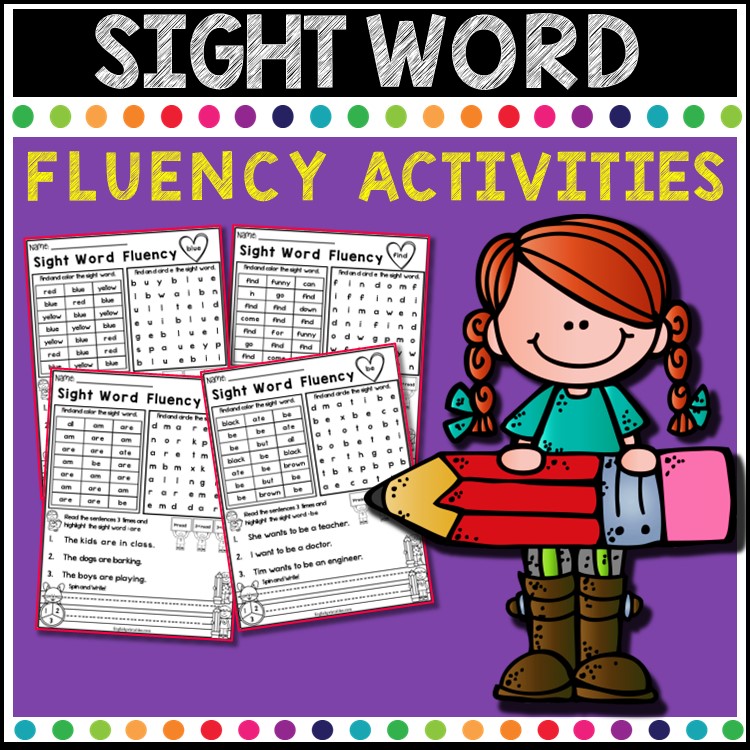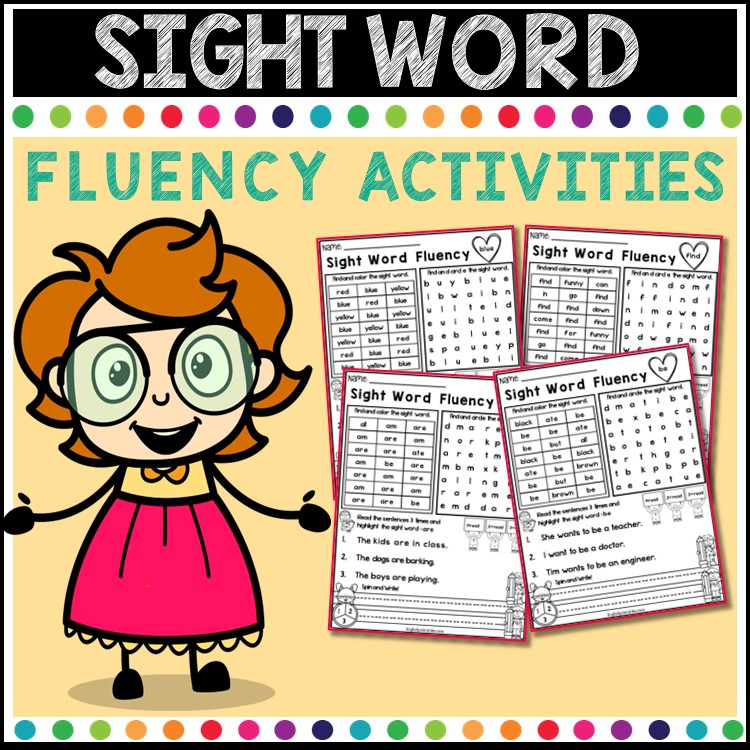
Words that children are expected to recognize immediately are known as sight words. Students can get so familiar with these terms with the correct guidance that they will no longer need to pause and try to decode them. Some sight words are spelled correctly, while others are spelled incorrectly.
You may hear the term “high-frequency terms” used by other educators. These are words that pupils frequently encounter in their reading. It’s particularly critical that these frequently used words become sight words. When students know these terms immediately away, they can read more fluently.
You can assist pupils to remember sight words by clearly teaching them to them. Use this three-part technique, which begins with sound-letter mapping, progresses to a flashcard activity, and concludes with additional strategies to reinforce sight words through repeated exposure.
To understand how to adapt this method for distance learning, continue reading.
What is the best way to implement this three-part strategy?
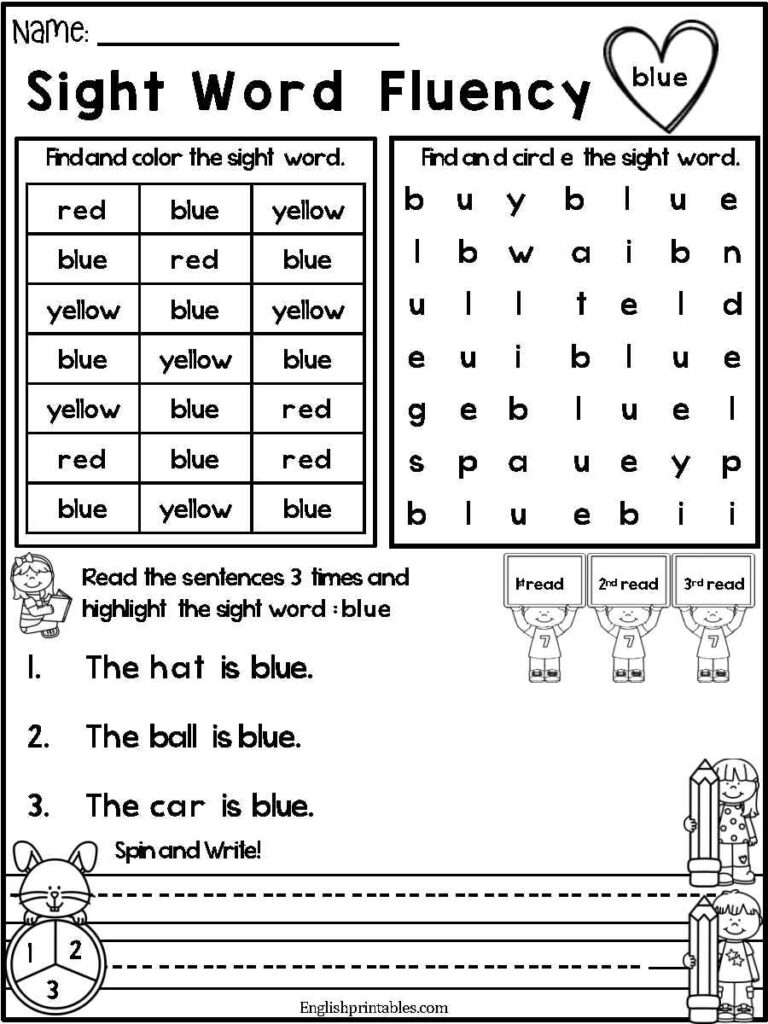
Students will enhance the number of sight words they can recognize without having to decode them.
The following are the grade levels (together with their associated standards):
K (Common Core Literacy RF.K.2: Know and apply grade-level phonics and word analysis skills in decoding words; RF.K.3.C: Read common high-frequency words by sight)
1 (Common Core Literacy RF.1.3: Know and apply grade-level phonics and word analysis skills in decoding words; RF.1.3.G: Recognize and read grade-appropriate irregularly spelled words)
2–5 (Common Core Literacy RF.2.3, RF.3.3, RF.4.3.A, and RF.5.3.A: Know and apply grade-level phonics and word analysis skills in decoding words)
It’s best for teaching with:
The entire class
Small groupings of people
Individuals
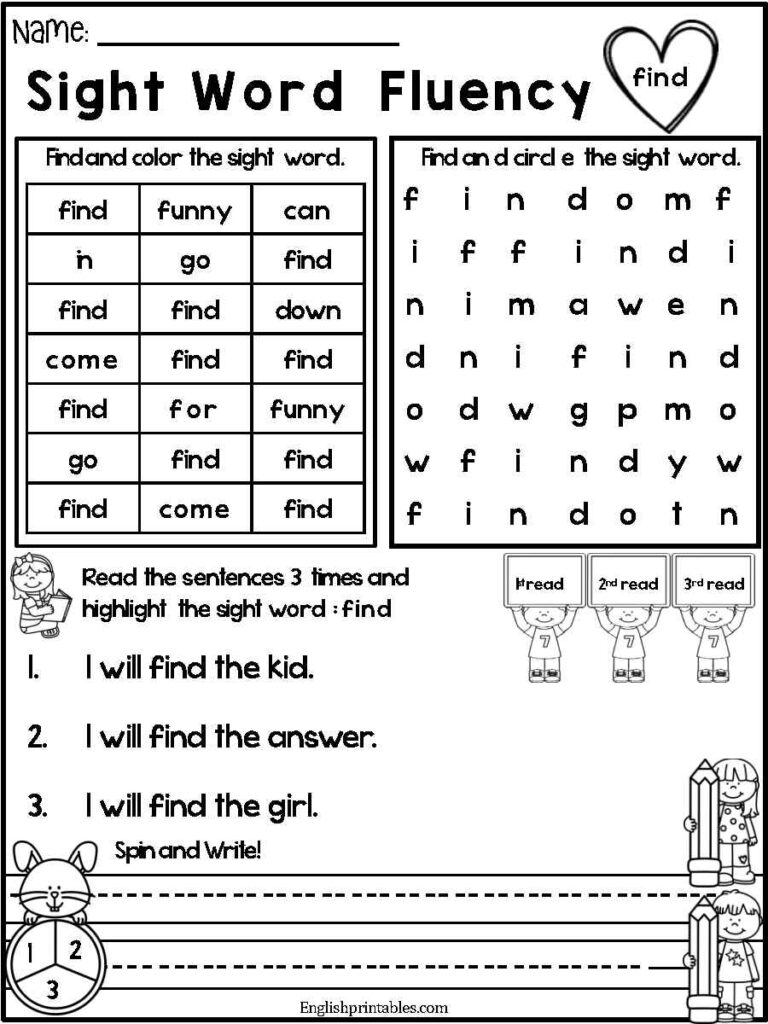
How to Get Ready:
- Make a list of words to teach. A simple pre-test can be used to determine how effectively your children recognize sight words. Students can read grade-level words from Dolch or Fry word lists, for example. Make a list of the 25 terms that your students miss the most. To teach each day, divide the list into five groups of five words. (You can change the quantity of words depending on the needs of your students.)
- Make a daily practice schedule. Allow 10 minutes each day for direct instruction and sight word practice.
- .Prepare the necessary supplies. Draw sound boxes on the board (a long rectangle divided into two, three, or four squares, depending on the number of sounds in the words you plan to teach). Give each pupil a sound box handout, such as this printable of Elkonin sound boxes.
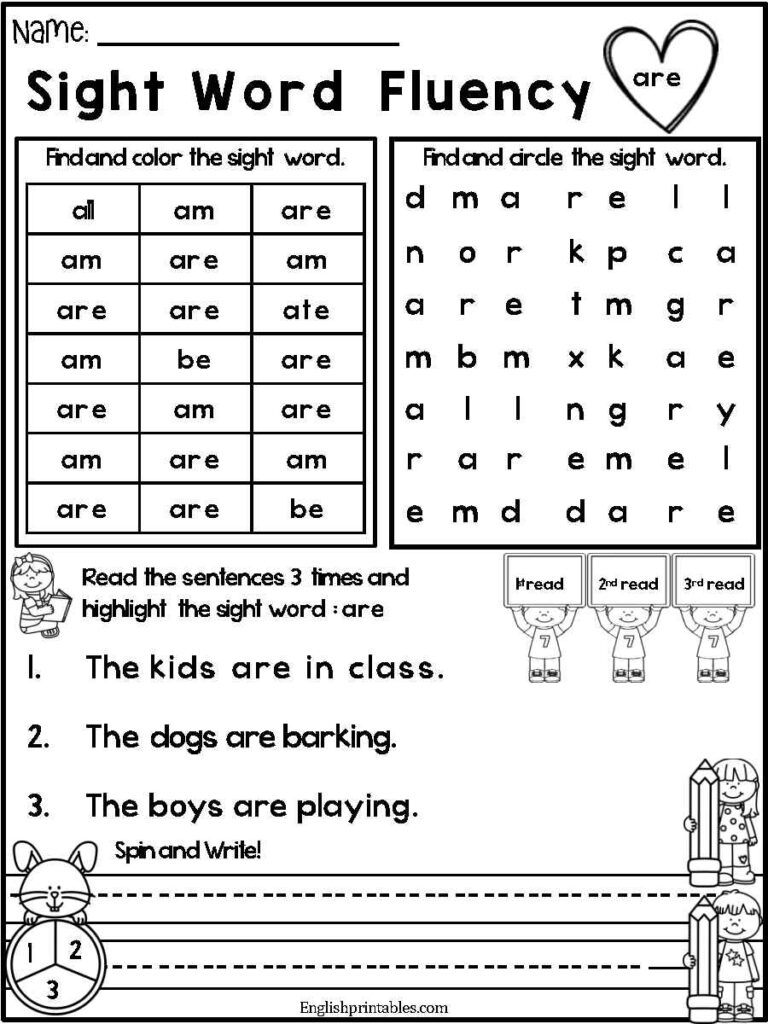
How to instruct:
- Begin by mapping sounds to letters. This exercise assists pupils with connecting the sounds and letters in words.
Pick one of the five terms you’d like to learn. Inform the pupils that they will be responsible for spelling the term. (For instance, with.) Invite them to say it again. “How many sounds do you hear in with?” you might question. As your students say the sounds: /w/ /i/ /th/, hold up one finger for each sound. To assist the kids in identifying individual sounds, say the sounds with them.
Write the letter or letters that match to each sound in the sound boxes on the board – one sound per box. Then read the word aloud as a group.
The letters can be written on the handout by the students. Alternatively, you might provide your kids with little manipulatives (like coins or bingo chips). For each sound, have students place one manipulative in a box. Students can then move the manipulatives out of the way when it’s time to write the relevant letter or letters in each box (s).
With each of the five sight words, repeat the sound-letter mapping.
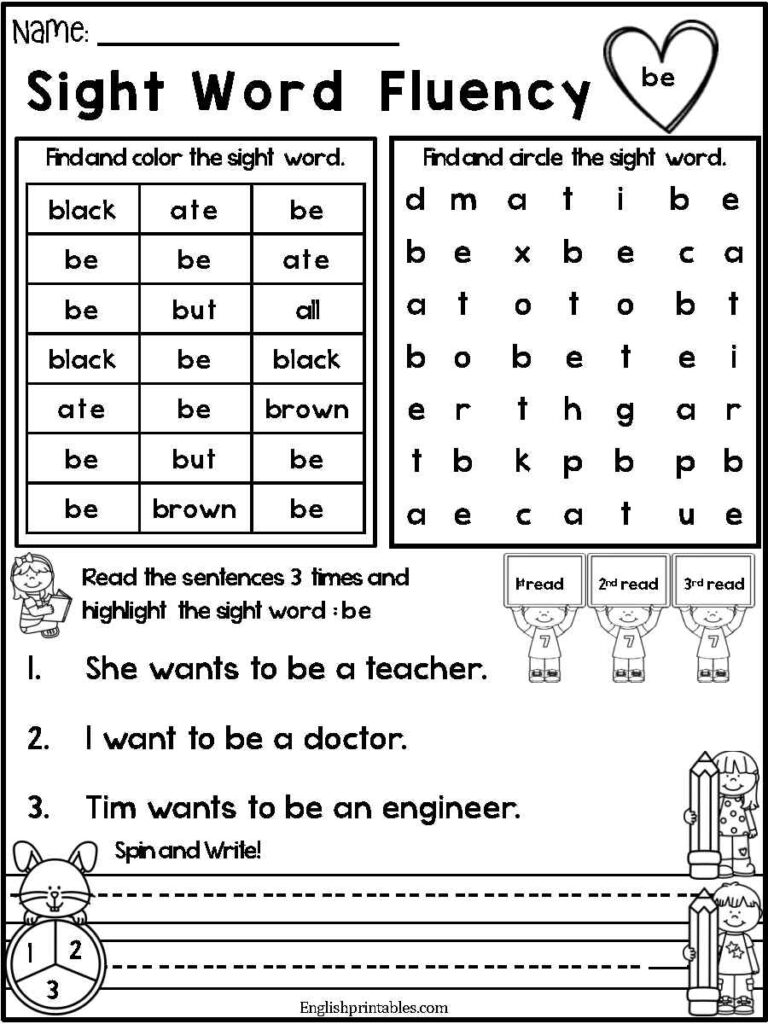
- Use one of the flashcard activities below to practice the words. Both require pupils to wait a certain amount of time before revealing a card and asking them to say the word (s) on the card.
Use this flashcard practice to expose your pupils to their five words on a continuous-time delay. On each card, write one word.
Show and read the words one by one to the pupils in the first round. Allow three seconds for pupils to examine the letters and patterns in each word. Then ask them to say it again.
Shuffle the cards and show one card at a time in round two. After three seconds, ask pupils to read the word aloud. Point out a memorable aspect if students read the word wrong or are unable to read it.
“Notice the -ed at the end of used,” for example. After three seconds, ask pupils to repeat the term. Go over the deck of cards with the students until they have correctly identified each word at least twice.
For words with odd spellings, there is a constant time delay: This activity can be used with word sets (or “word families”) that have a common pattern but don’t have normal letter-sound combinations (like could, should, and would). You can hunt for words based on letter patterns using a tool like Phinder.
On a card, write all the words from a word set in a vertical column. Show the card to the children and have them figure out how each word ends. Point to and speak each word on the card after pupils have responded correctly. After three seconds, ask pupils to repeat the words.
If you’re practicing terms from many word sets, make sure to write each set on a separate card. Students should shuffle the cards and read through each word set.
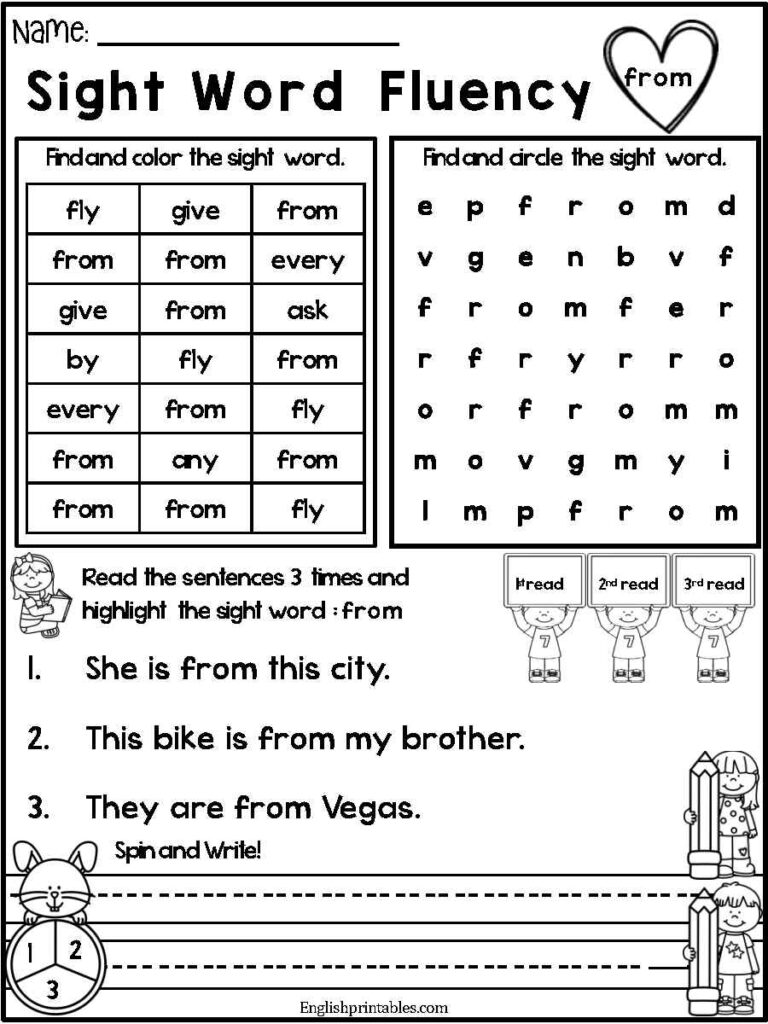
Teaching tip: If this is your first time presenting sight word activities, make sure you explicitly teach the task and provide guided practice. Provide a quick model if students are familiar with an activity.
- Regardless of which activity you pick, continue to reinforce the sight words with regular exposure. You can do this by reading literature that contains sight words, such as novels, posters, and comics. To help kids keep track of the terms they’ve learned, you can utilize word walls or word banks. Once you’ve noticed that children can recognize the words by sight on a continuous basis, incorporate them into your usual word games and activities.
Recognize why this sight word method is effective.
You’re teaching a skill called orthographic mapping when you employ this method. It’s a method for storing printed words in long-term memory. Learning sight words requires orthographic mapping.
When we employ orthographic mapping, we get the following results: When we look at a word, we separate it into phonemes (sounds) and graphemes (letters and letter patterns) that match to those sounds. The word is permanently stored in our long-term memory as a result of this process. We eventually learn to recognize the word when we see it. We can still see all of the letters, but we don’t have to sound out the word since we know it so well.
According to studies, most readers require between one and four exposures to a word before it is committed to long-term memory. Because orthographic mapping might be difficult for struggling readers, they need even more exposure to new words. Students gain the exposure they need to improve their sight word vocabulary through repeated repetition with sight words.
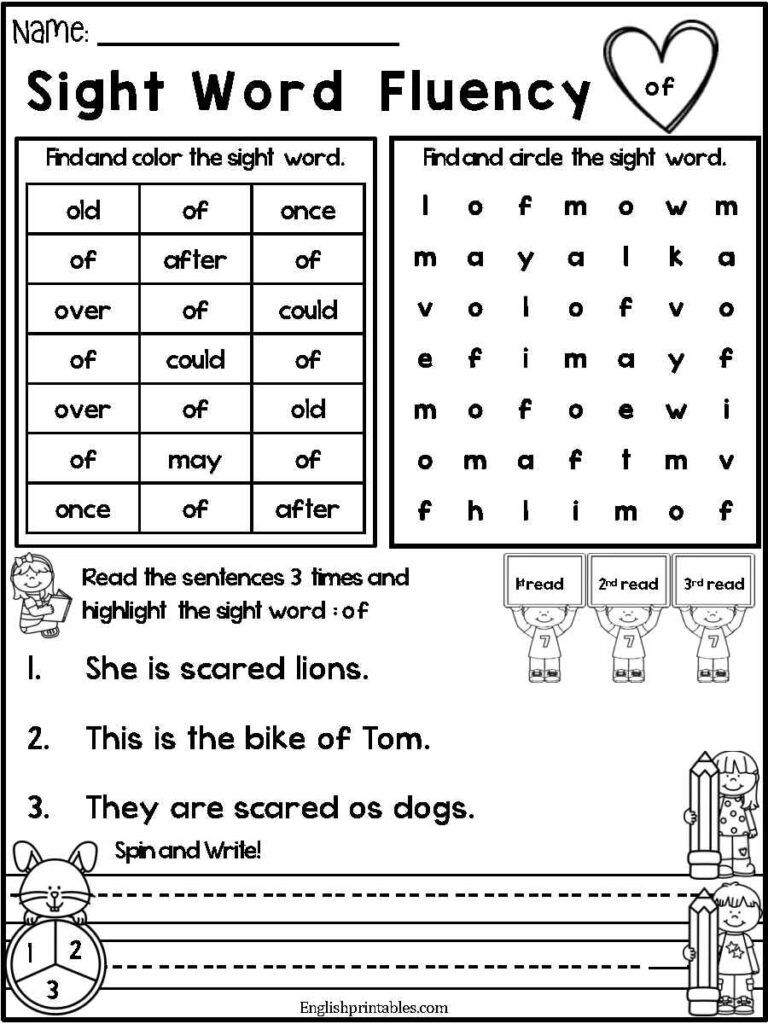
Teaching tip: The inclusion of a word’s definition during education can aid reading and language development for English language learners. When teaching word meanings, try employing hand gestures.
Connect: Establish a link between the school and the home.
To assist families understand what sight words are and why they’re important, share this article with them. You may also send home this list of 12 activities that families can do at home to assist their children practice sight words.
Adapt: Make it suitable for distance learning.
- Collaborate with the families of your pupils. Find out what resources they have and what they may require to help them learn at home.
- In a synchronous online lesson, walk students through the procedures (including how to draw the sound boxes). For asynchronous learning, you can also record a video. In any case, incorporate UDL into your lesson planning.
- Students can save paper by writing with a pencil and then erasing the word to reuse the paper. Alternatively, students can put their paper in a Ziploc bag and use an erasable marker (if they have these supplies).
- If you’re using manipulatives, provide crayons, miniature game pieces, cotton balls, or coins as examples of items that pupils could have at home.
- Make flashcards for pupils to practice with. Card stock for flashcards can be found in a shoebox or a cereal box. However, any form of paper will suffice. Alternatively, use a site like Quizlet to create digital flashcards for your pupils.
Get set 2 from the link below.
